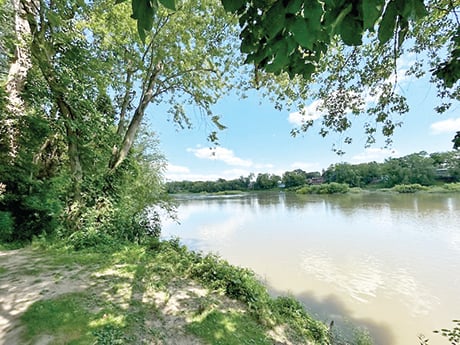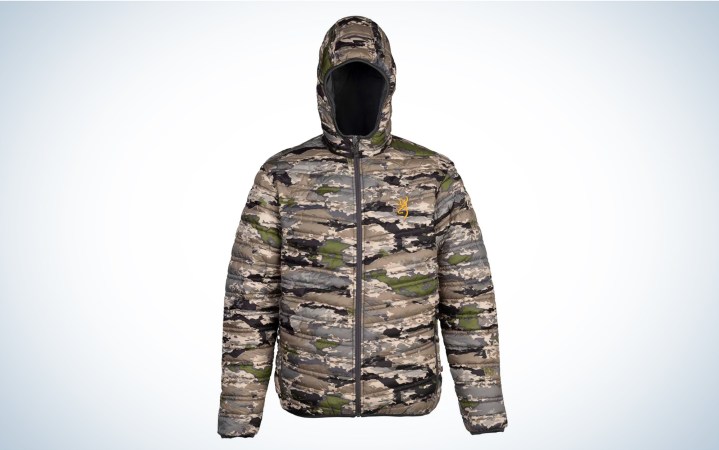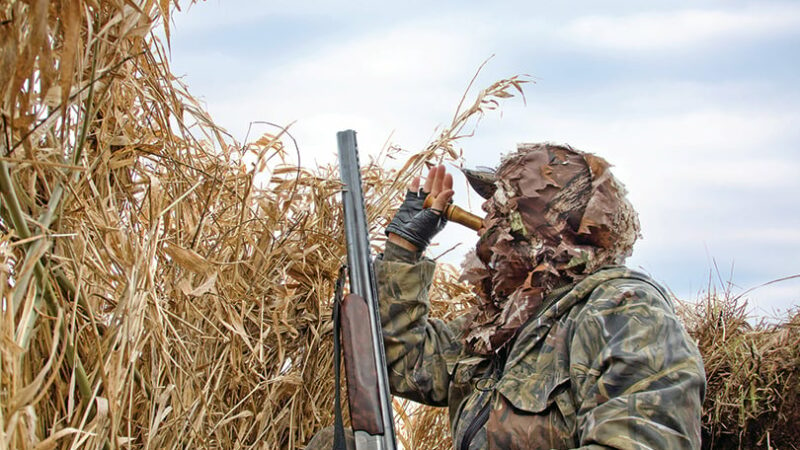James Lindner: Understand the weed factor for icing crappies – Outdoor News
Throughout the winter, crappies are among the most popular targets of ice anglers. Most experienced hard-water fishermen are no stranger to the all-too-familiar basin crappie bite. It’s a relatively simple pattern: Crappies dump into soft-bottom basin areas to feed on concentrations of blood worms and zooplankton. And the anglers follow.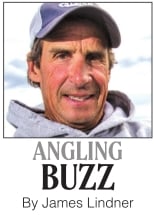
While such bites are rather predictable, the truth is that not all crappies move to deep water during the winter months. In fact, many anglers walk right over the best fish real estate on their way to community holes.
Based on my experience, a fishable population of crappies inhabits weedbeds throughout the course of a season.
The recipe for success
Generally speaking, the best weed-oriented crappie lakes feature clear water and have established weedlines in excess of 12 to 20 feet. Most often, the ideal spots include subtle depressions within expansive weed flats, edges of main-lake weed points, or sunken islands covered in vegetation.
Similar to other styles of fishing, drilling holes is generally the name of the game. The main goal: Locate tall, vertical green weeds.
MORE ICE-FISHING COVERAGE FROM OUTDOOR NEWS:
Bobbers can be the perfect fit for ice fishing; here’s how to utilize them
Jeremy Smith: Use tools at your disposal to locate ‘in-between’ panfish this ice-fishing season
Once located, the initial fishing can be completed via traditional 2D sonar, forward-facing sonar, or an underwater camera. That being said, forward-facing units and underwater cameras are arguably more efficient because they allow a much larger view of the area below the surface.
Finding the right weeds
Finding weeds is one thing, but finding the right weeds is the most important factor.
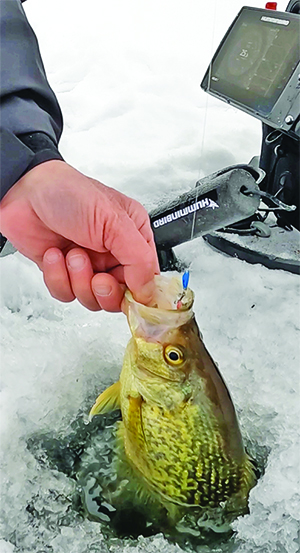
In our neck of the woods, cabbage is a real magnet for fish. In fact, it’s not uncommon to find a mixed bag of species utilizing a given weedbed.
Crappies and bass often will suspend higher in the column, while bluegills and walleyes will stay closer to the bottom.
A key player in locating weed-based crappies is hole cutting. Generally, the initial search involves holes that are spread 100 to 200 feet apart – that is, until areas holding fish are located.
Once found, the area is drilled out in a checkerboard pattern with holes placed roughly 25 feet from each other.
Because weedline bites often occur in shallow water, drilling holes can sometimes spook fish from an area. That being said, as things settle down, fish will often return.
A variety of baits
We typically rely on a wide variety of techniques, baits, and tactics for these crappies, all of which are predicated on the fishes’ mood.
For aggressive fish, micro spoons, such as the VMC Bull Spoon, small rattle baits, like the Rippin’ Rap, and small glide baits, like the Jiggin’ Rap, are great for calling fish in from a distance.
Because weed-based crappies are often aggressive, live bait isn’t always necessary.
For negative or neutral fish, small tungsten jigs tipped with soft plastics, Eurolarva, or wax worms can be key. In these scenarios, less-aggressive tactics are necessary. Cadences transition from aggressive movements to simply shaking the bait in place.
For weedline crappies, position is key. We typically fish our bait near the top of the weeds. For example, if weeds extend to 5 or 6 feet up, then we are fishing our baits about 5 to 6 feet up.
Similar to open-water angling, ice-fishing rods are technique-specific.
St. Croix makes a variety of ice rods for all different fish species. When it comes to these scenarios, I have two rods that I favor: the Micro Spoon (28-inch LXF) and the Tungsten Tamer (28-inch MLXF). Both rods excel with specific baits and act a sort of one-two punch for weed-based crappies.
On the line front, 3-pound Sufix Ice Magic is hard to beat. It’s soft, manageable, and tailor-made for fishing outside in cold weather.
Crappies are found in more than just deep water. In fact, some of the best fishing exists in shallow water. Don’t just spend your winter visiting the community holes. Some of the best fishing is just a short walk from the landing.
Source: https://www.outdoornews.com/2024/02/08/james-lindner-understand-the-weed-factor-for-icing-crappies/


